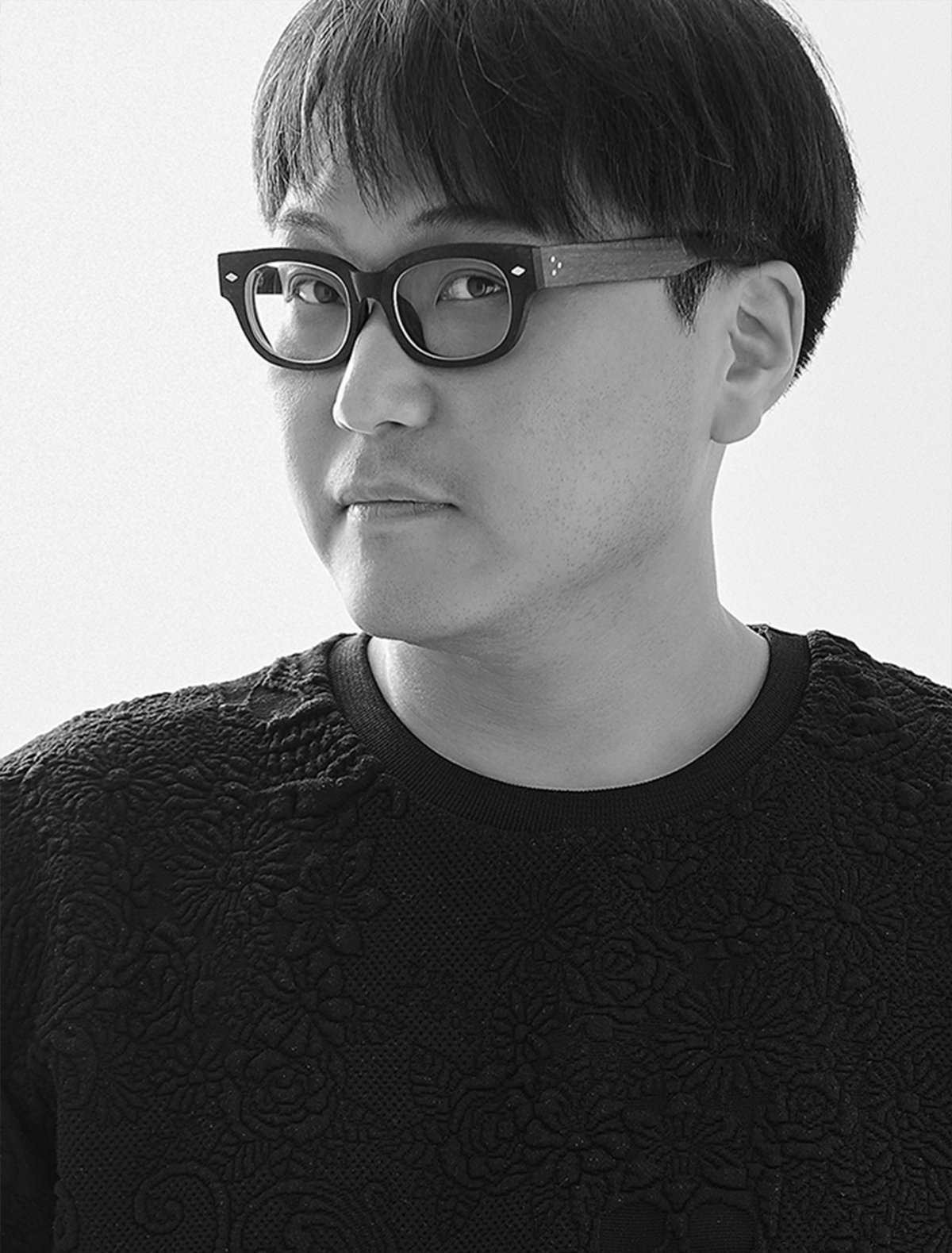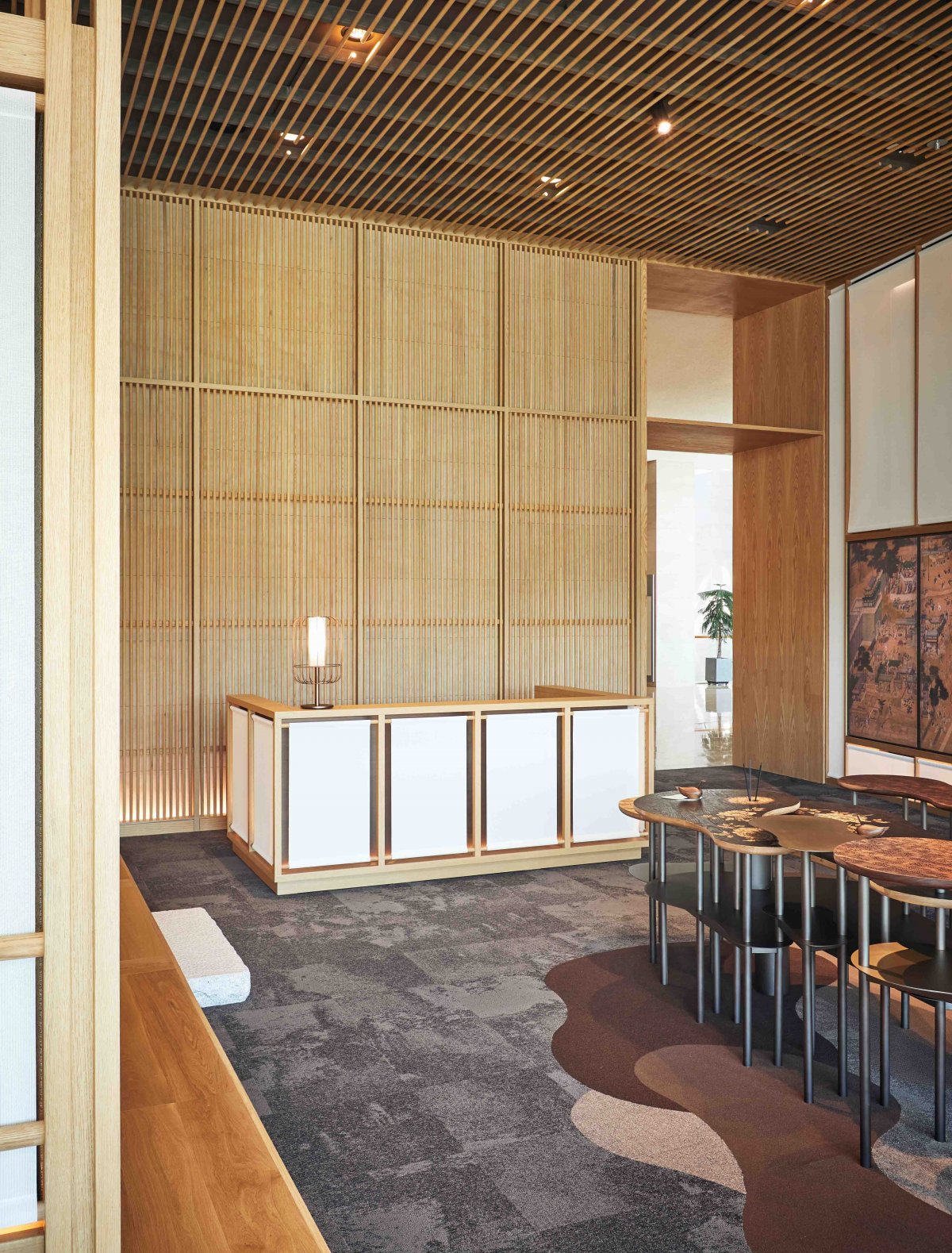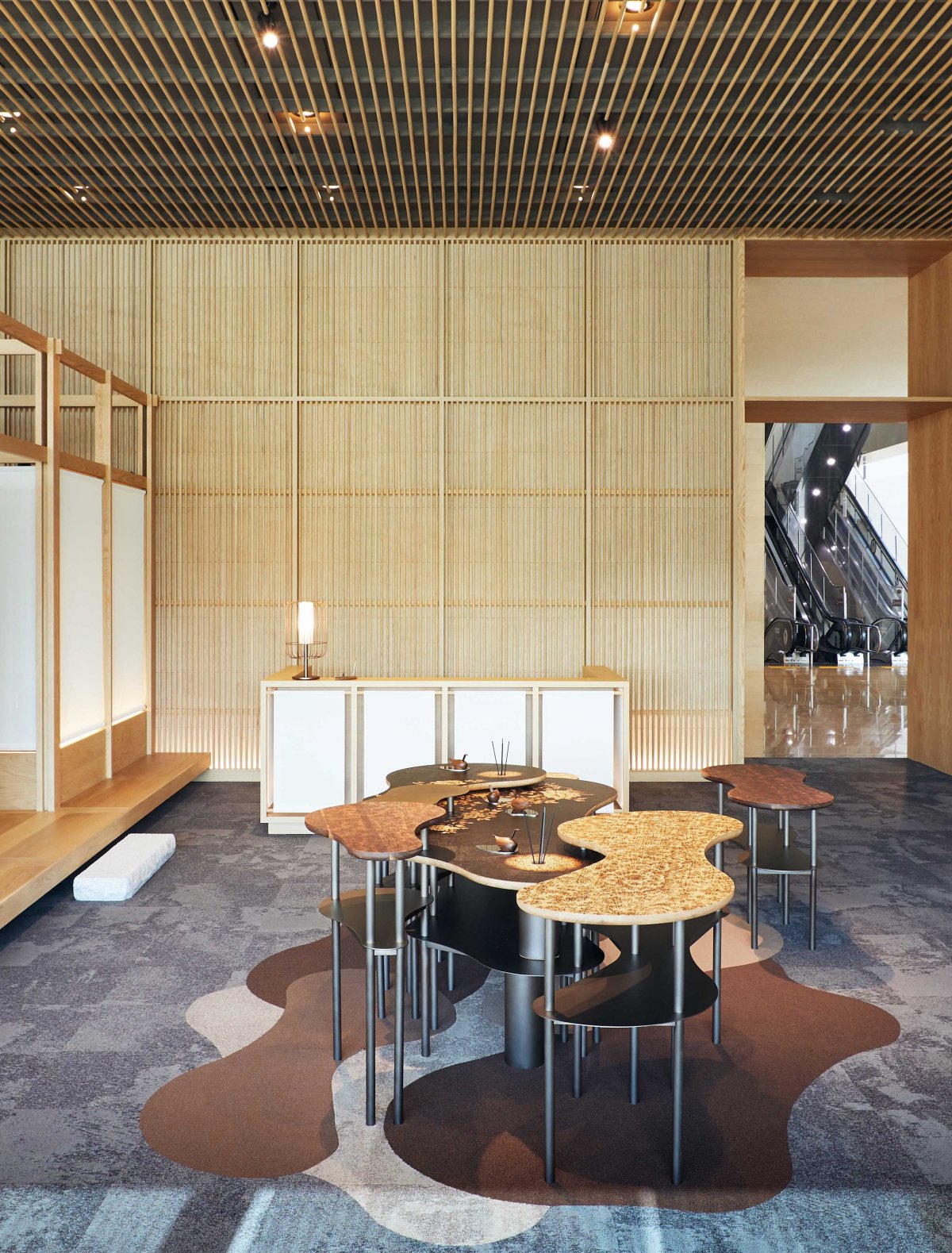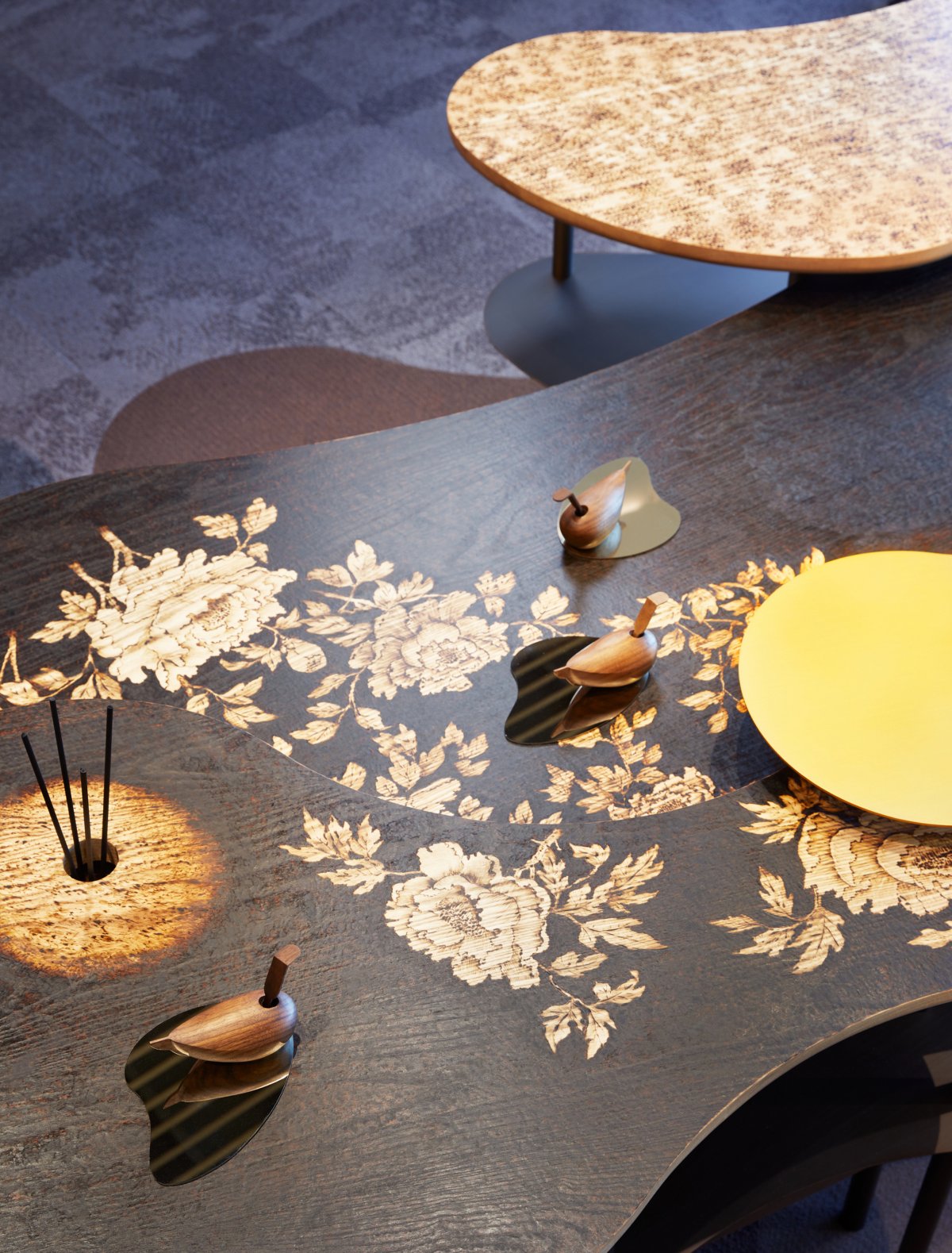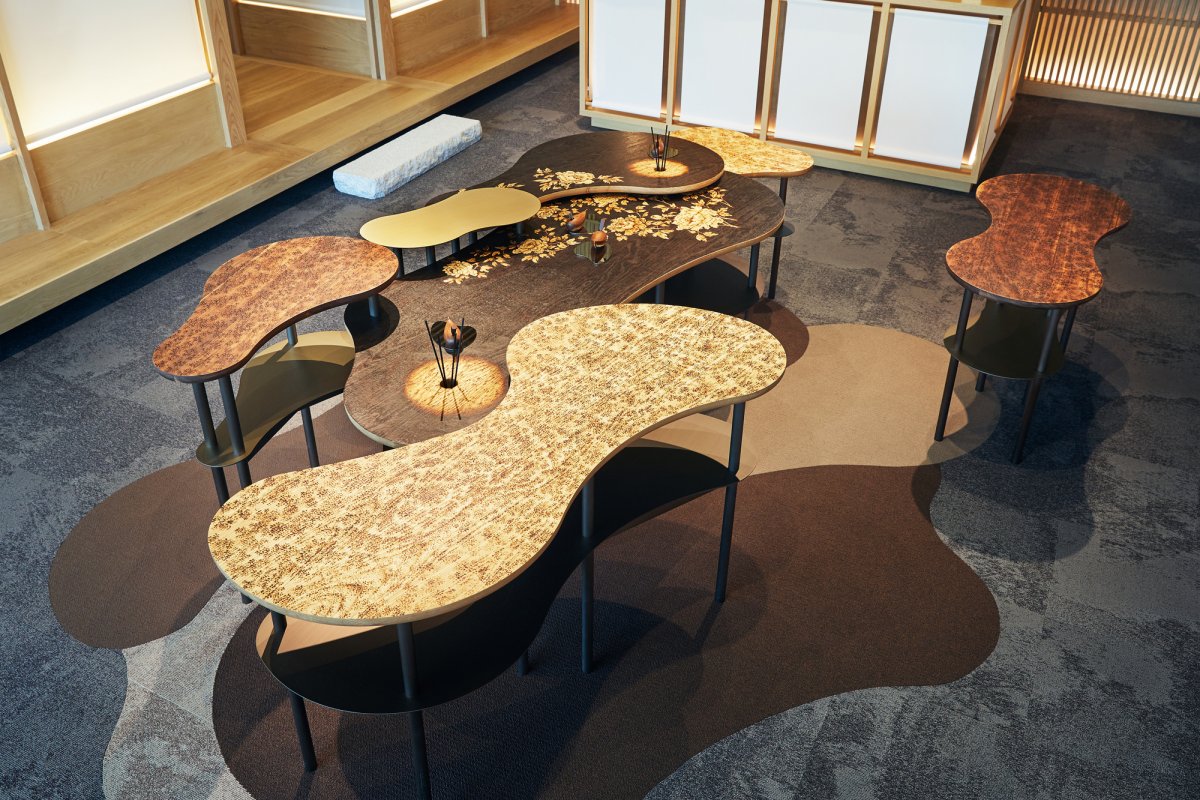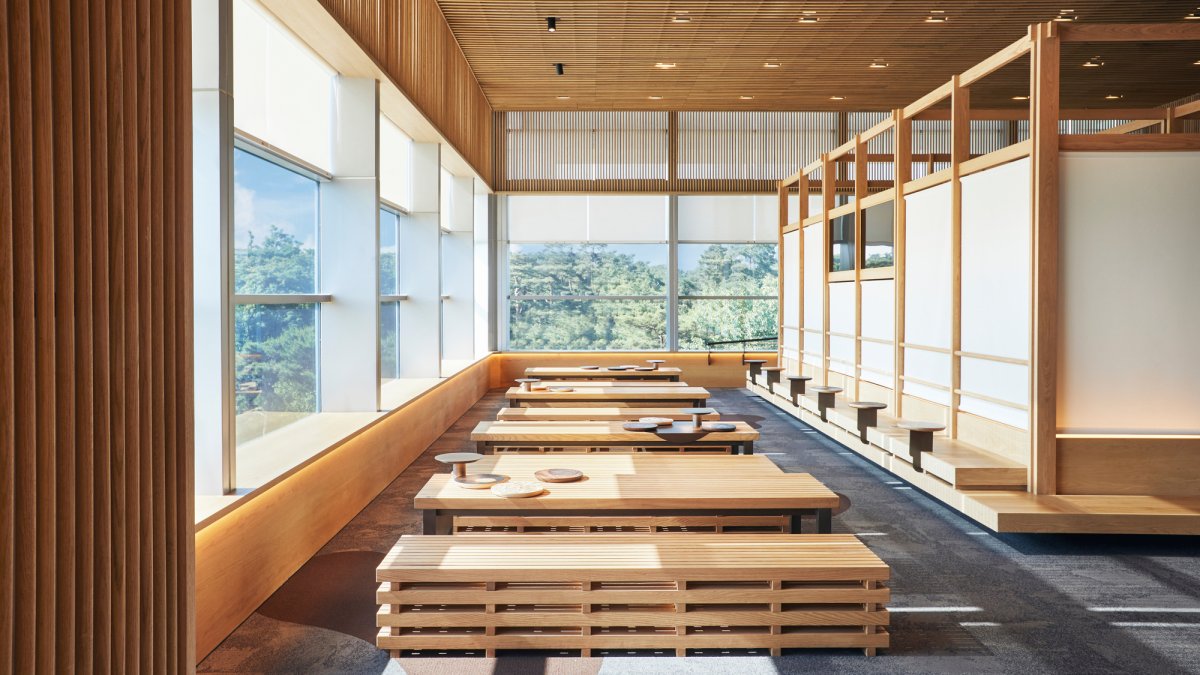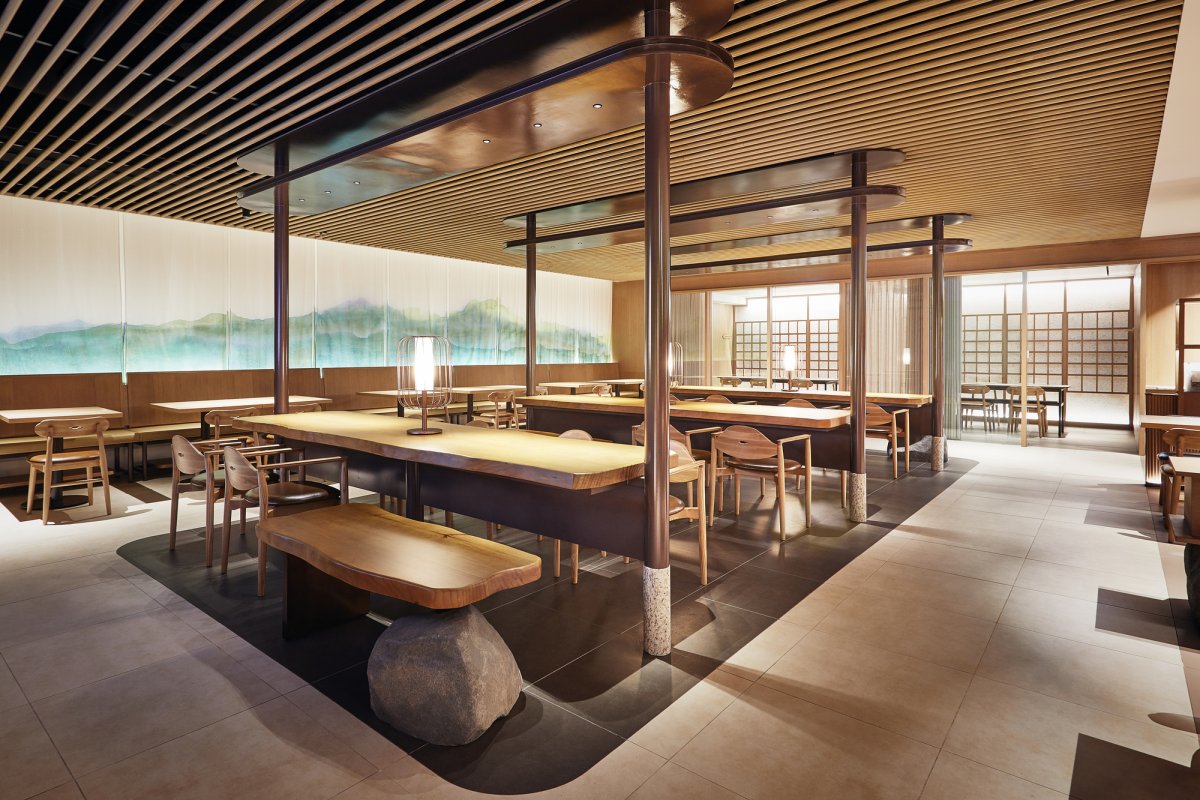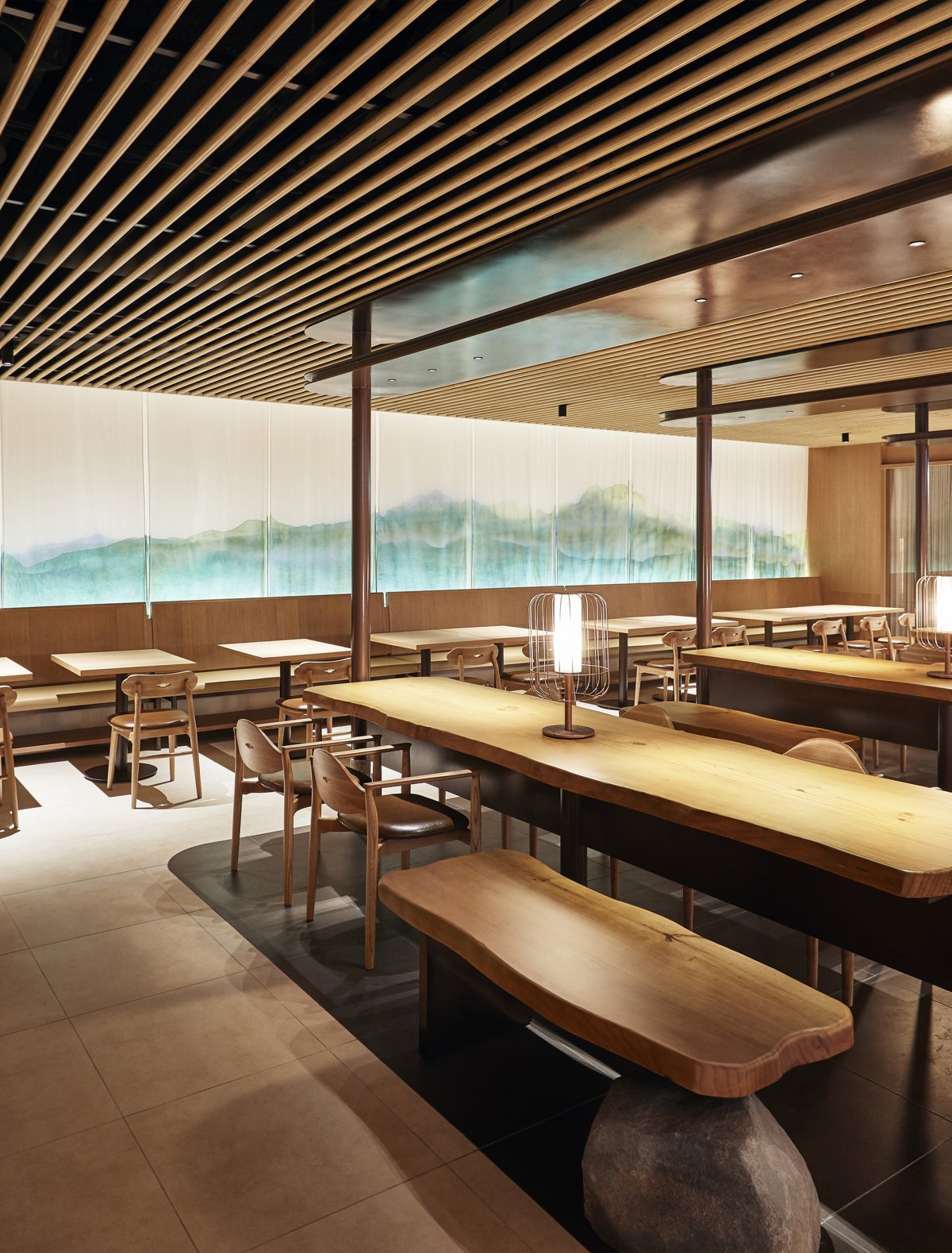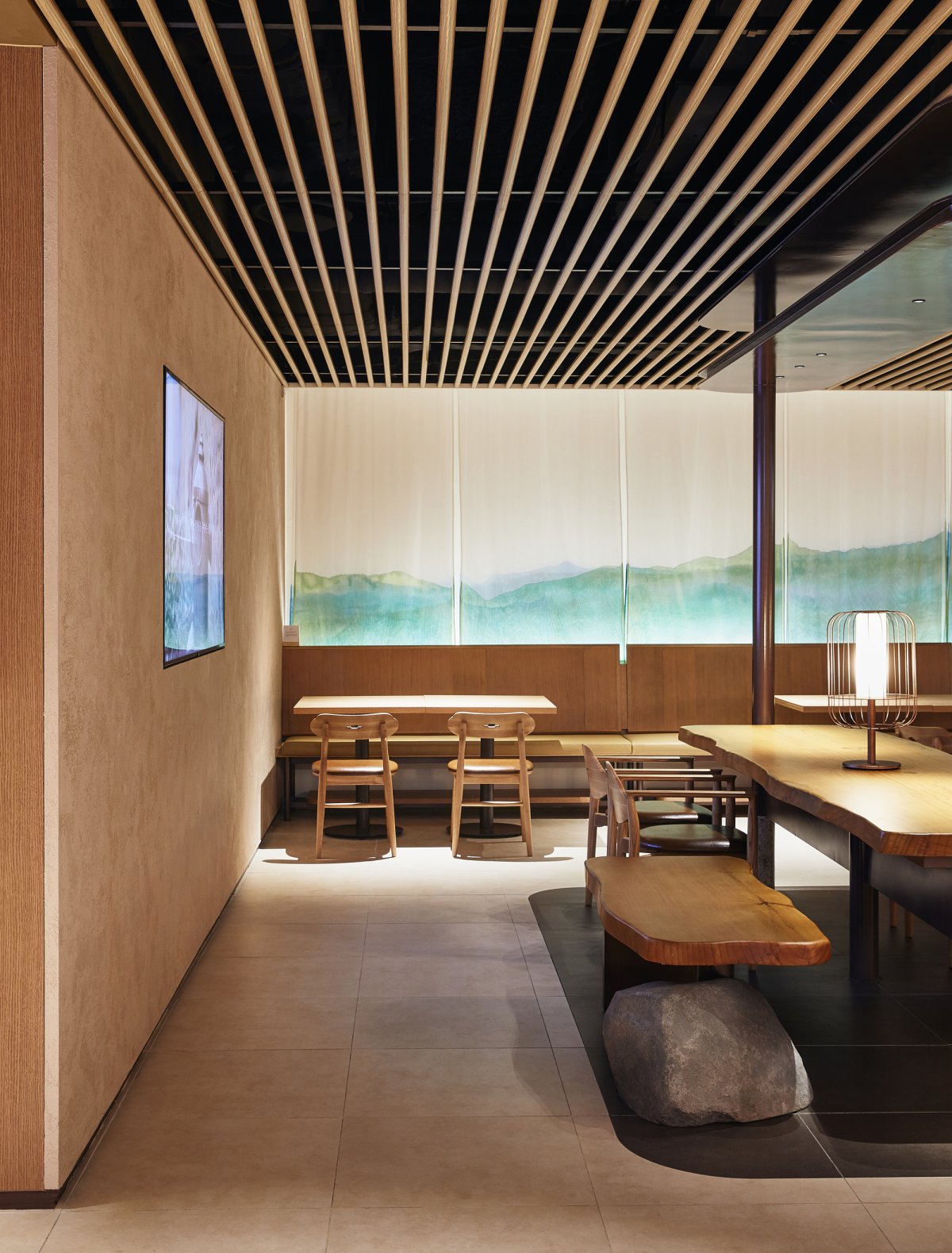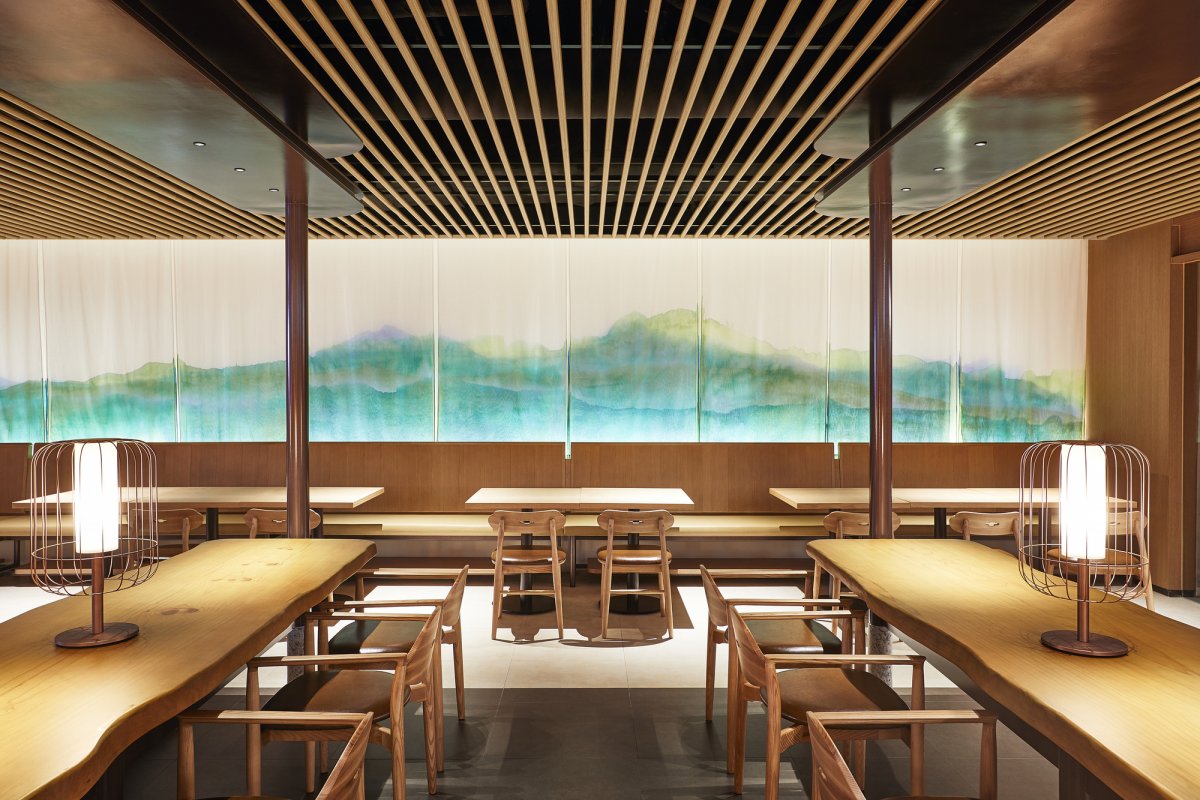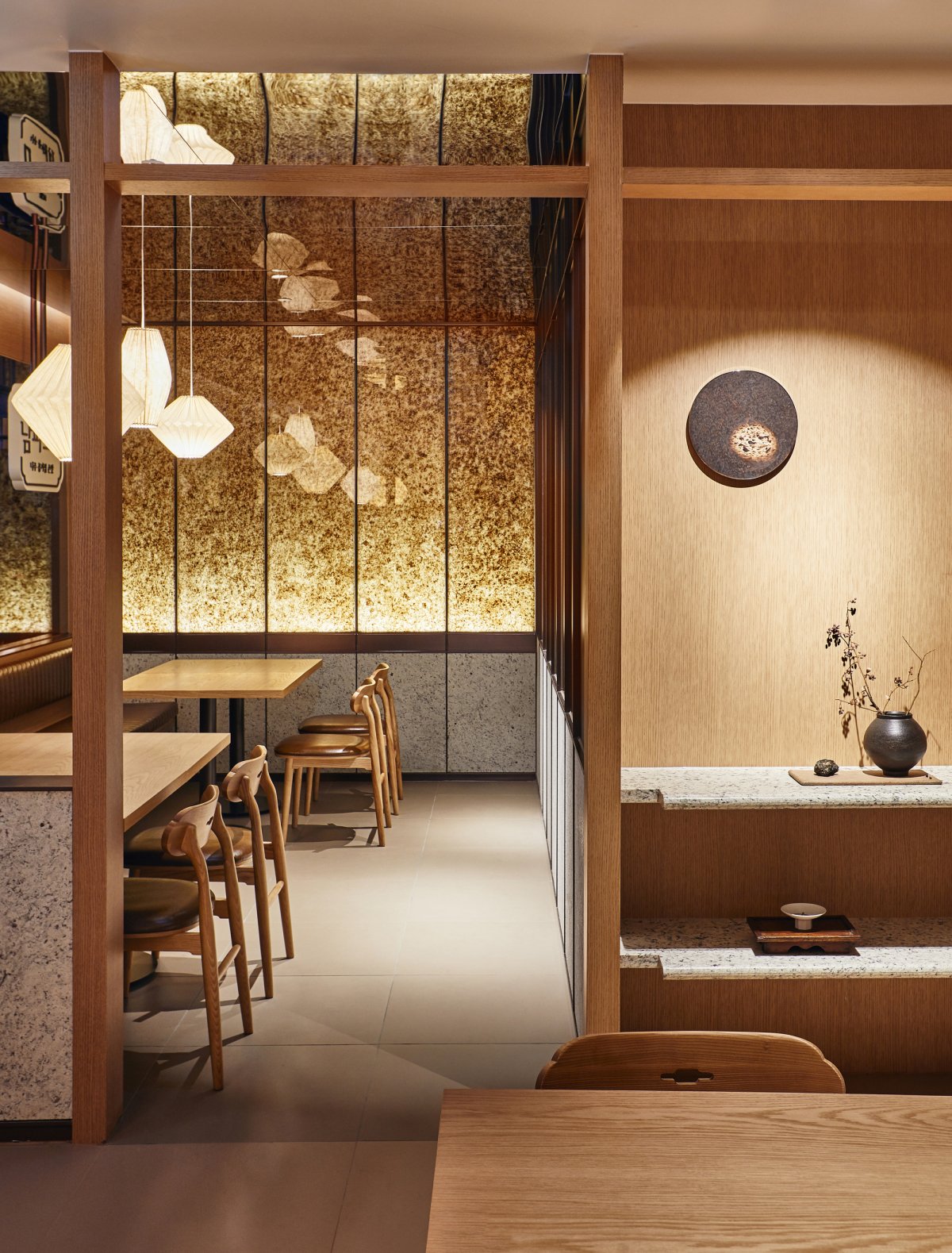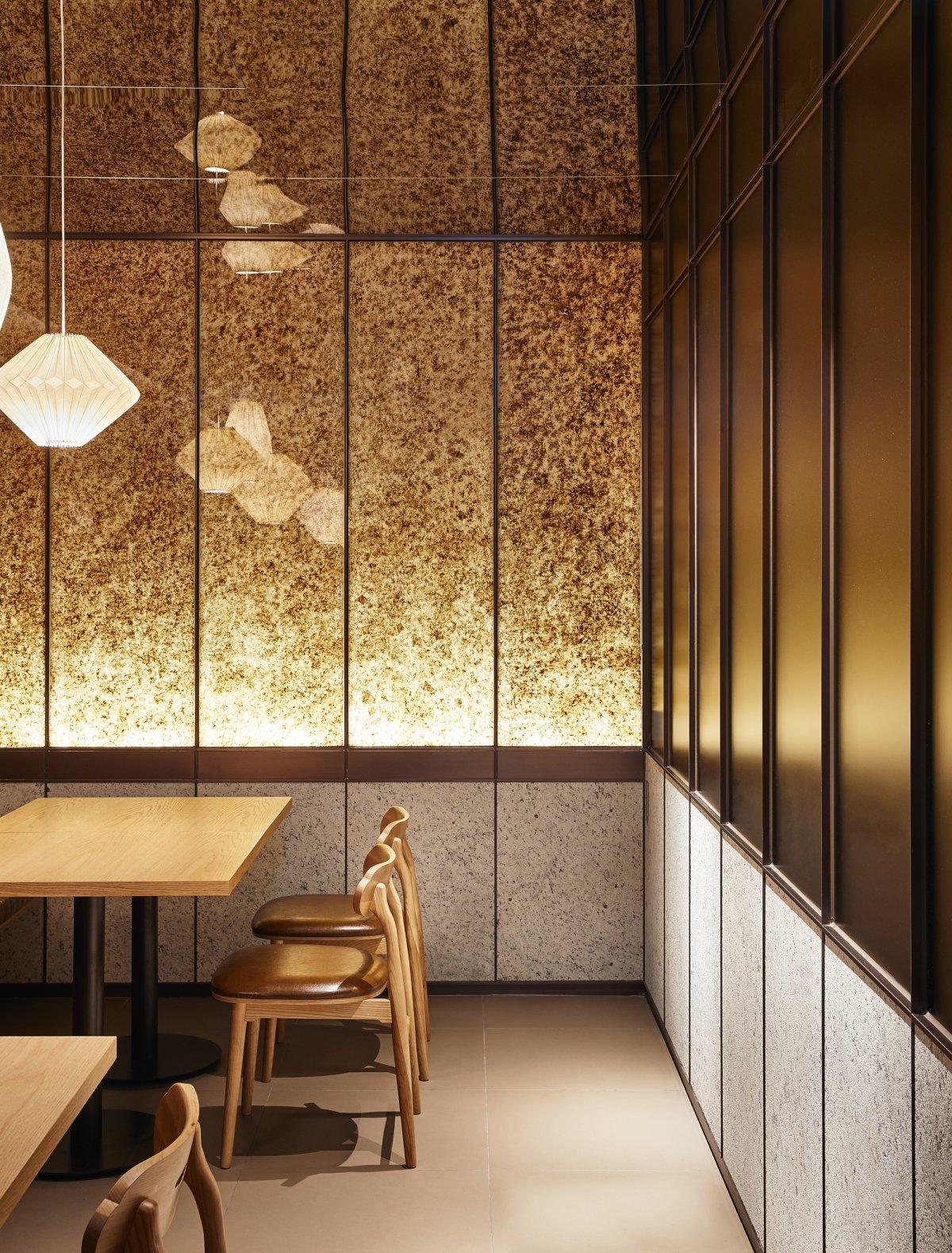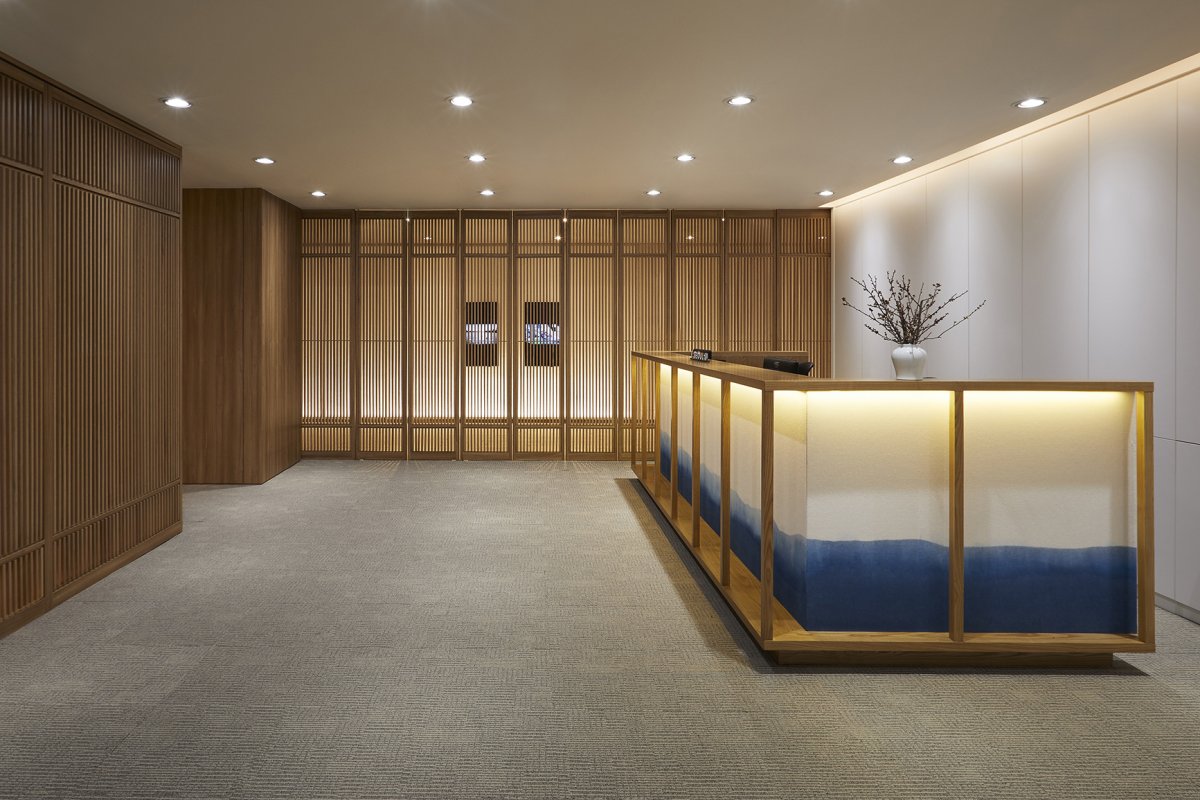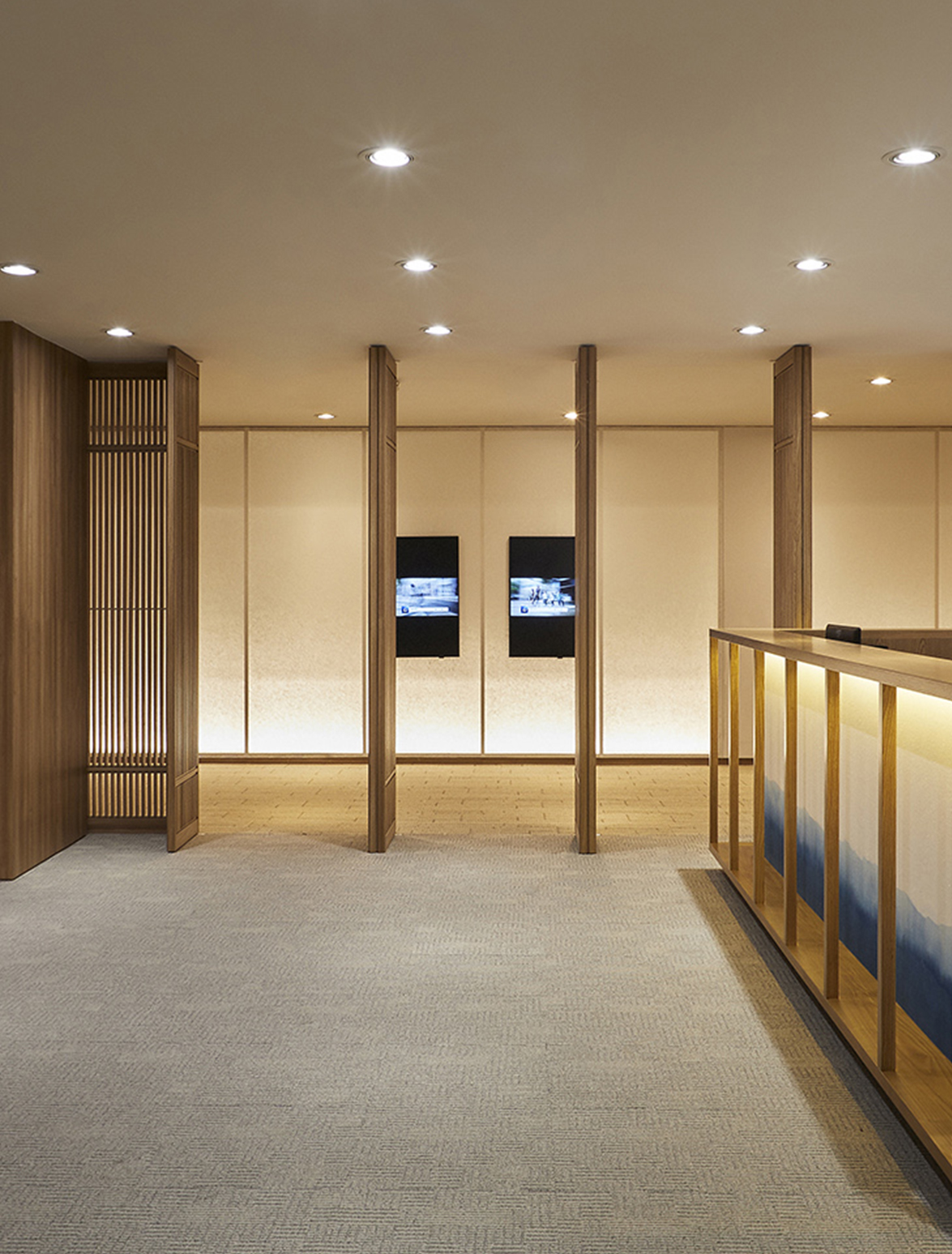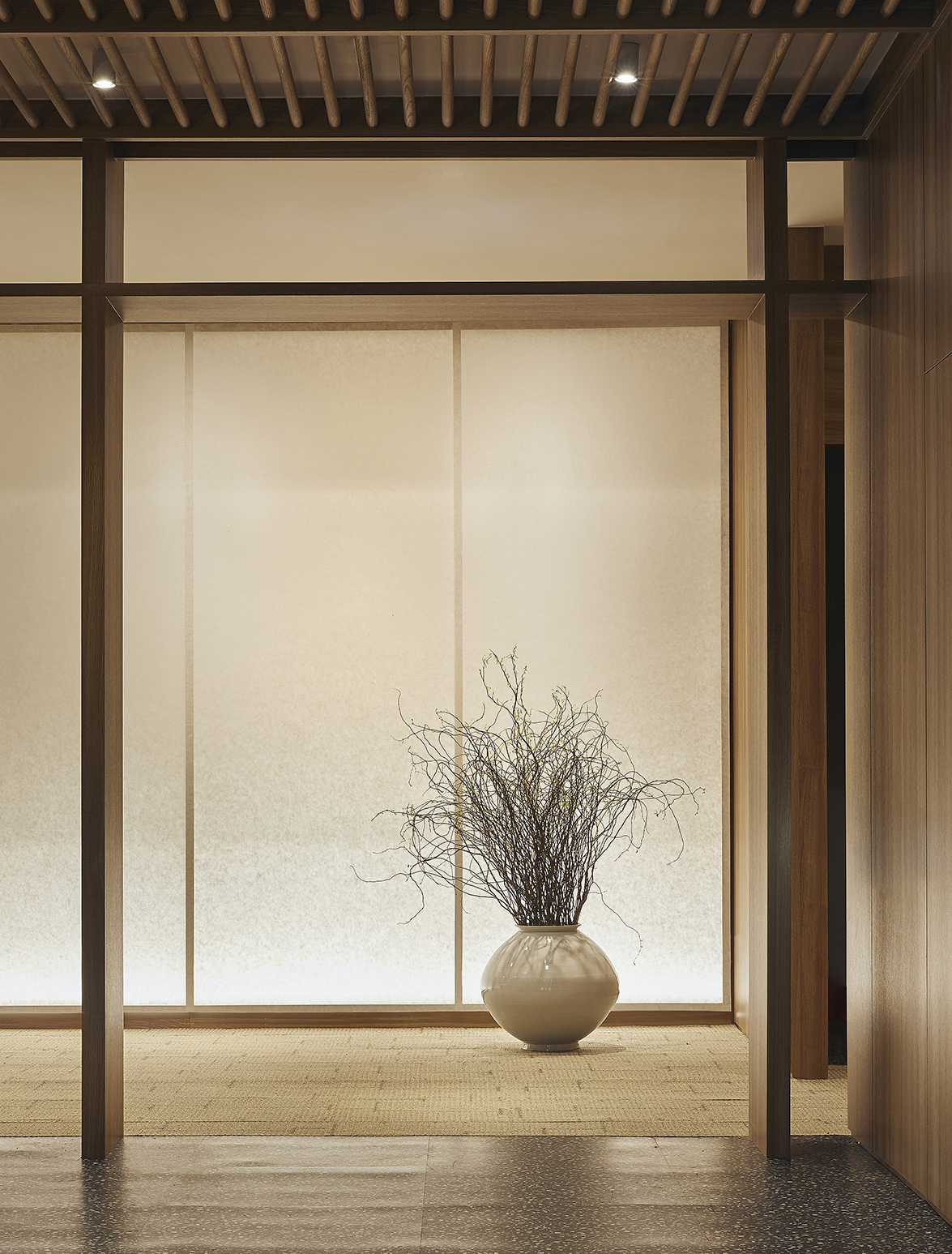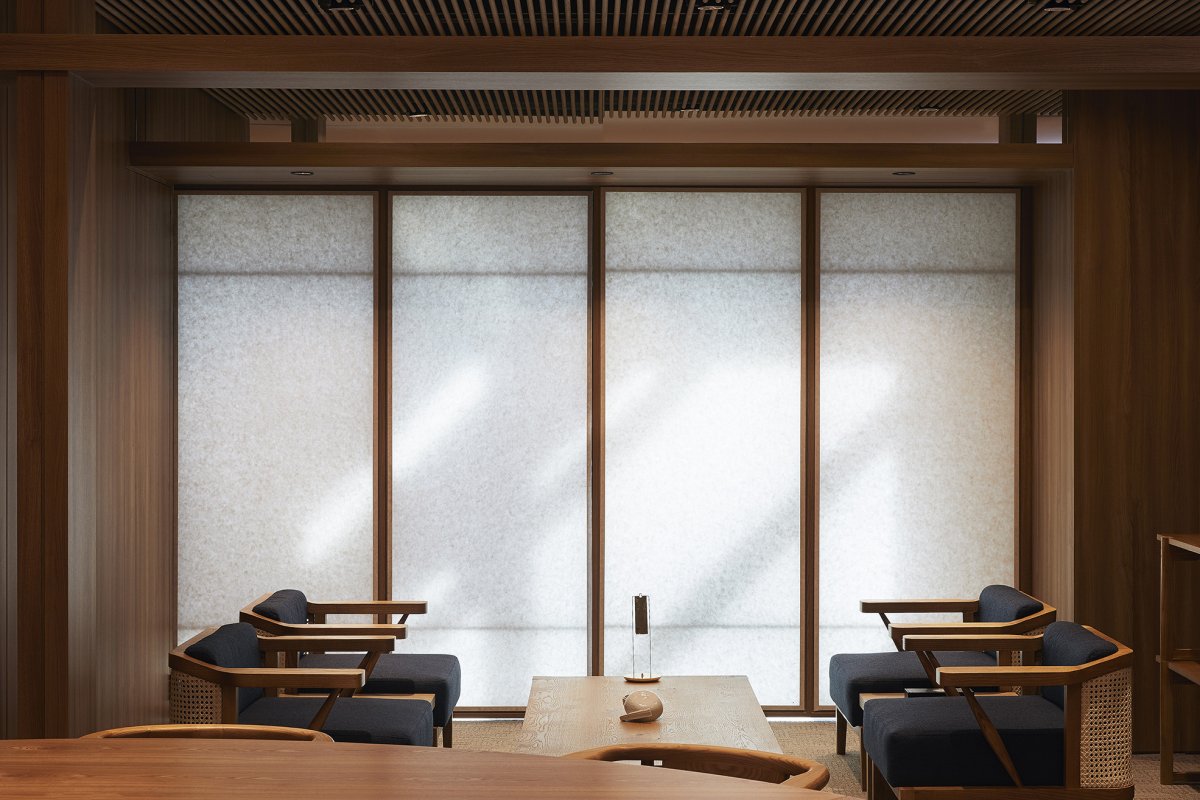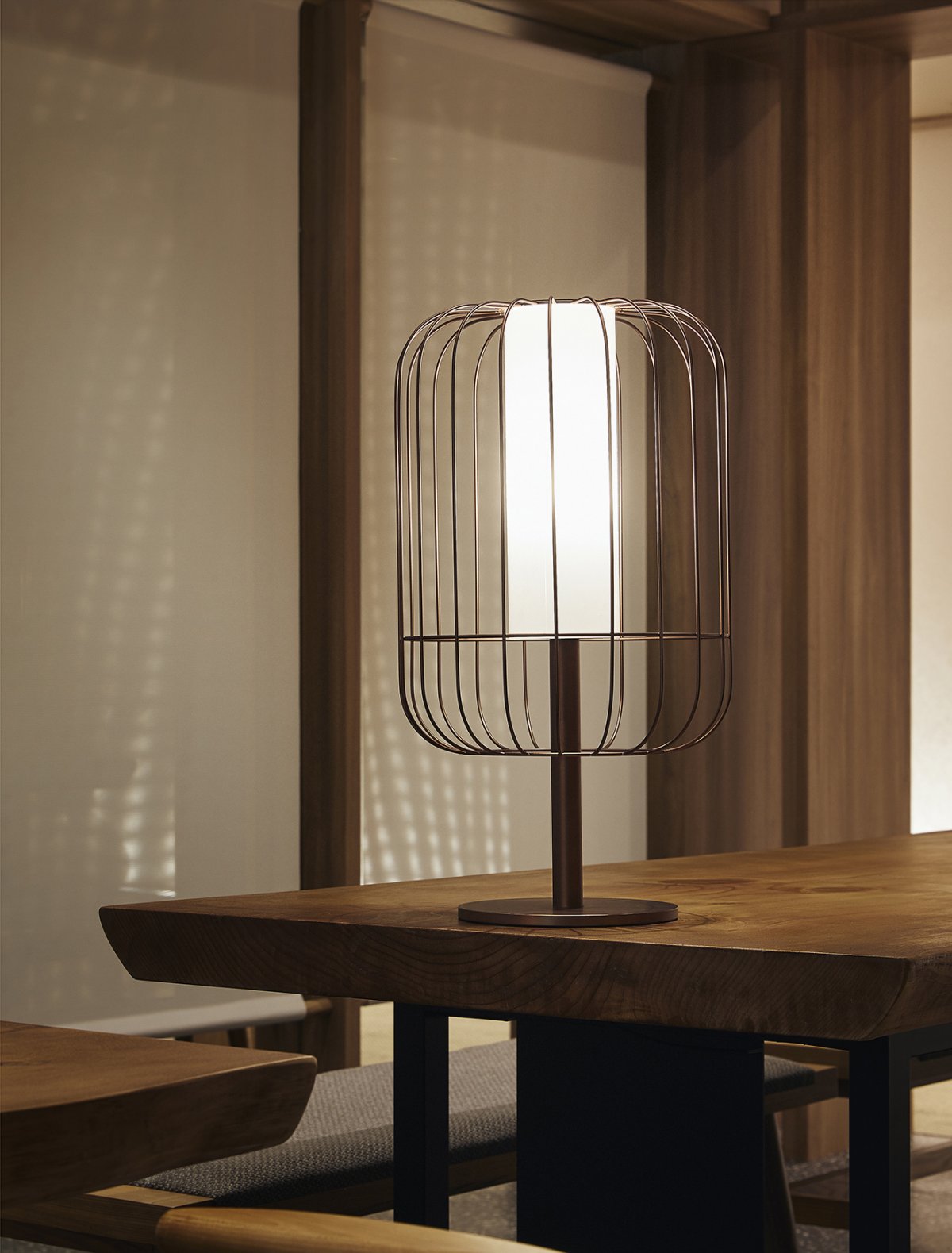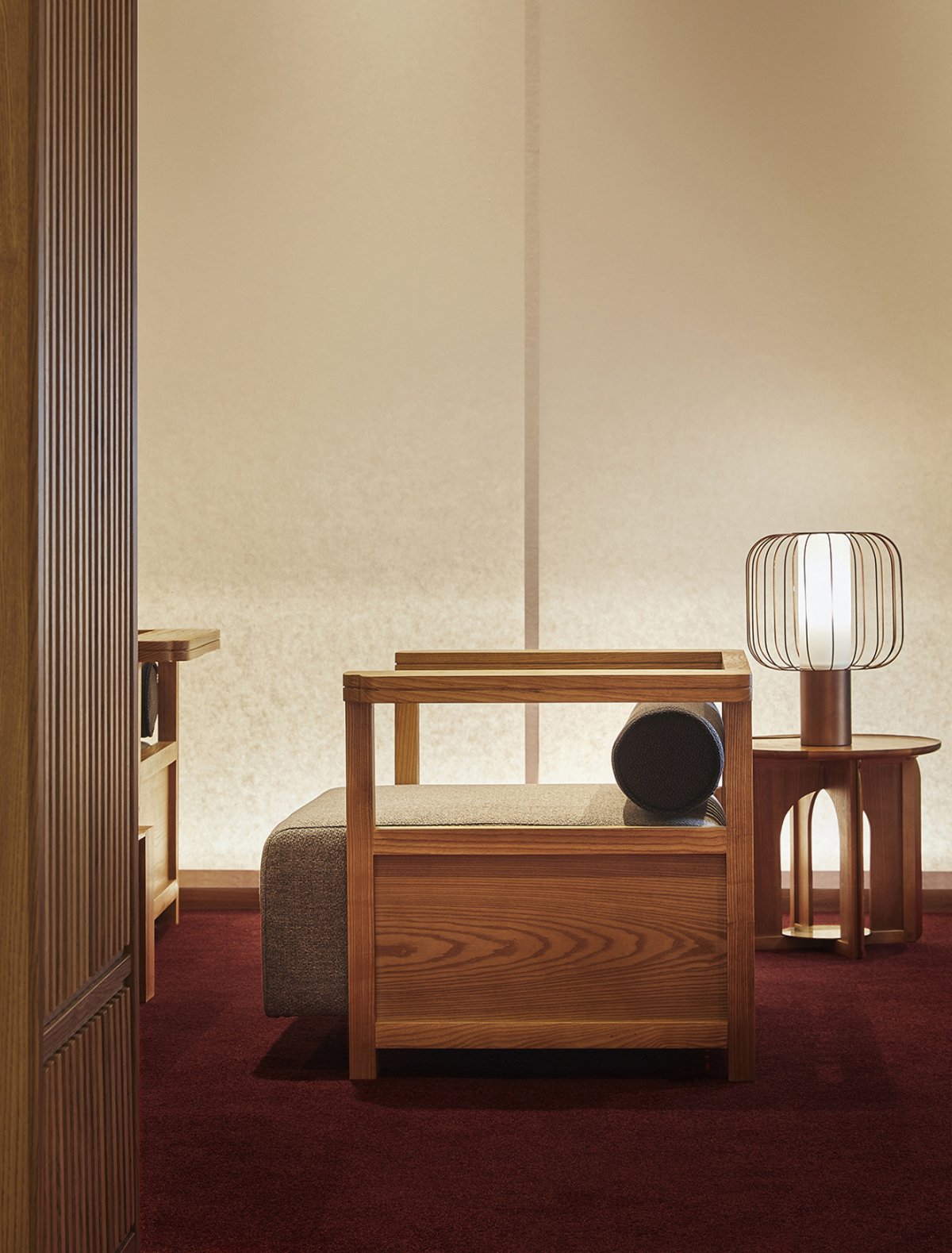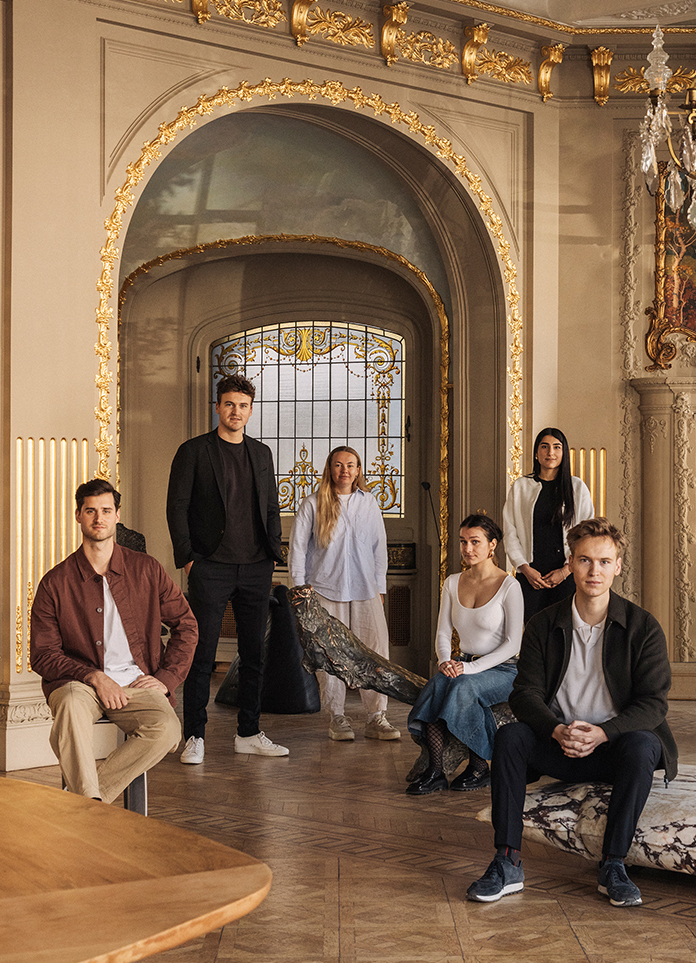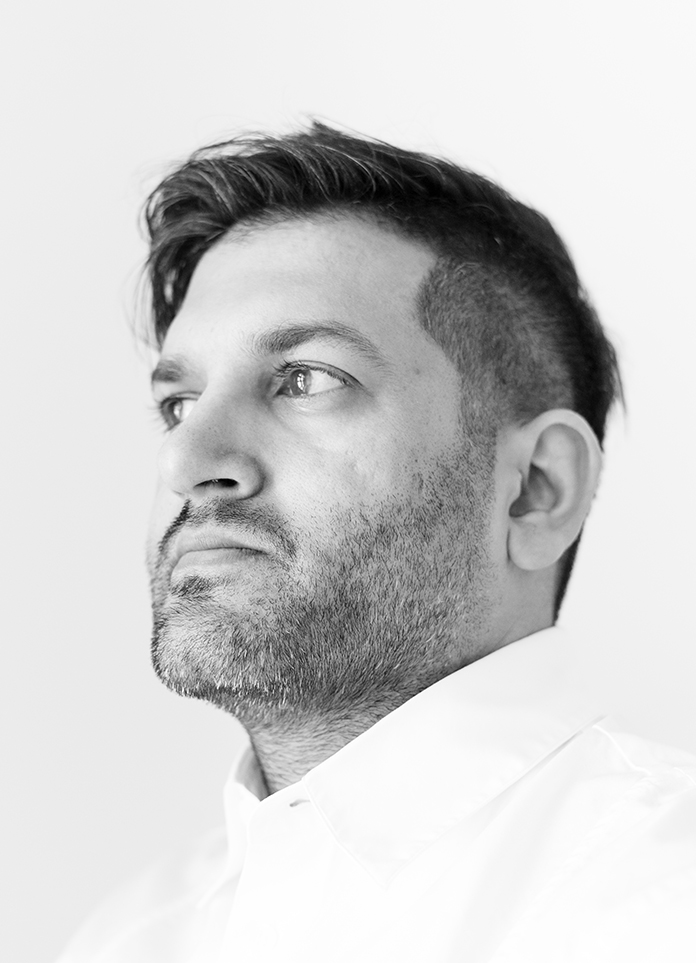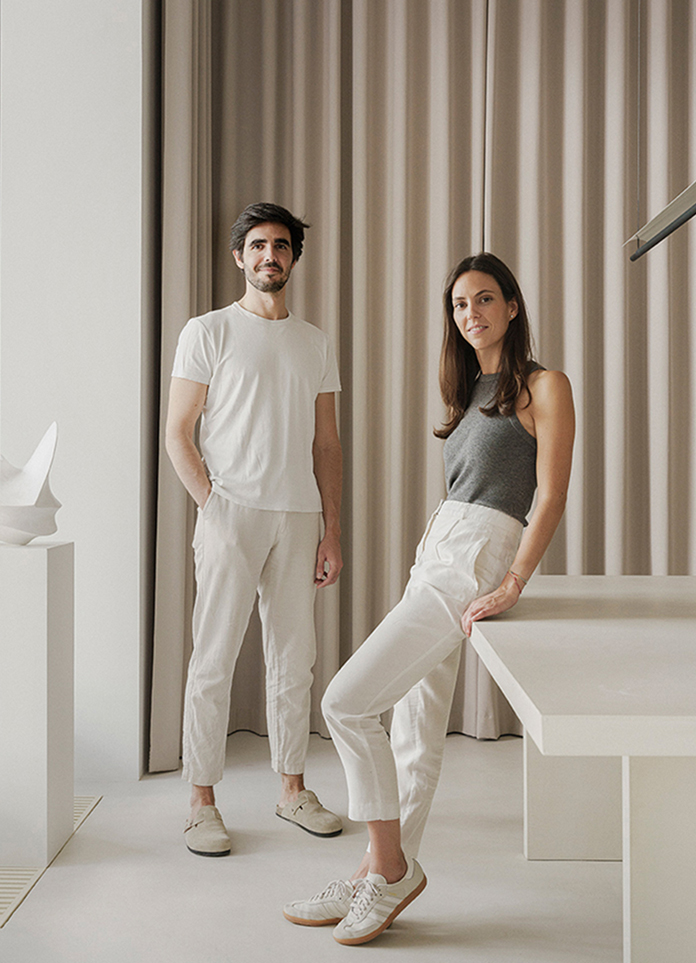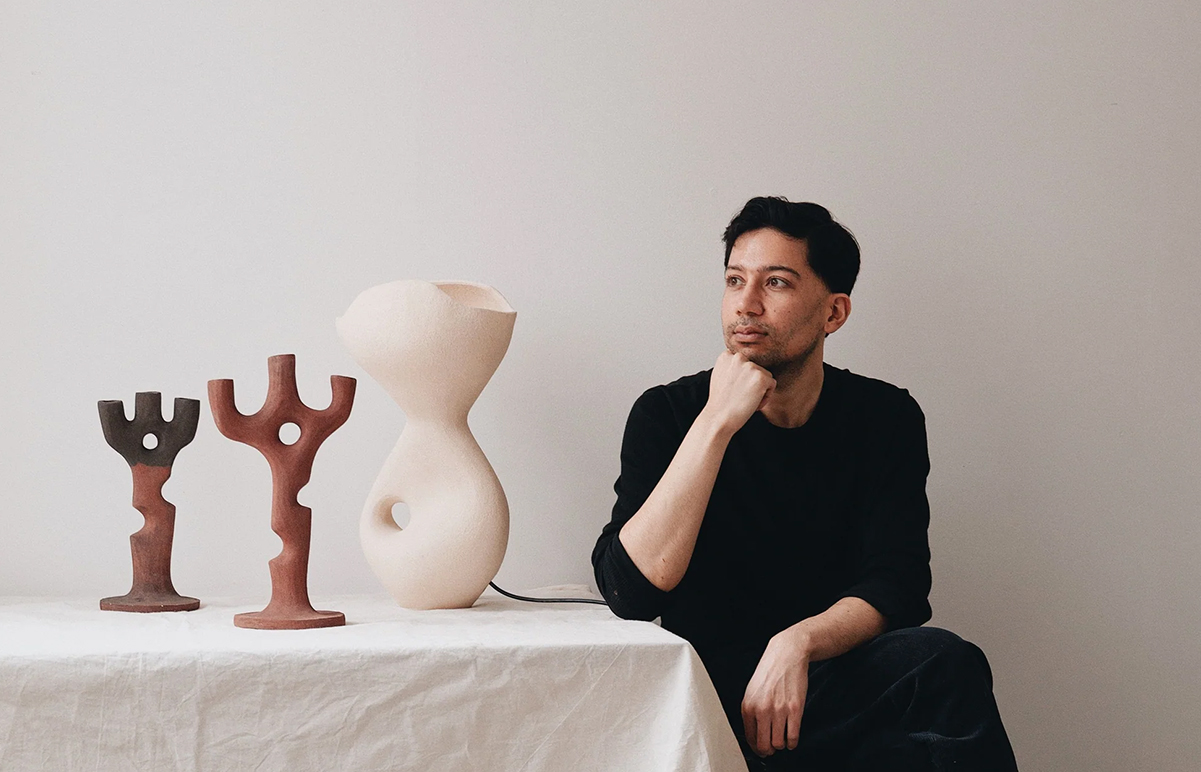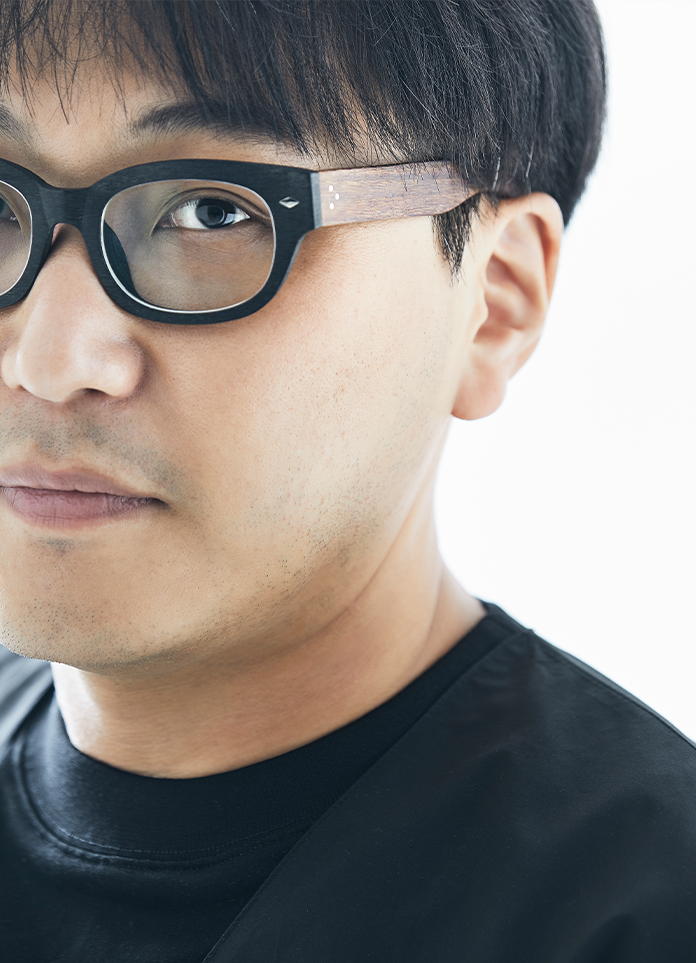
Yinterview.069 | Korea architecture firm Listen Communication
If architecture is a large vessel that contains the owner's thoughts and way of life, it should contain everything from furniture and living tools to his thoughts on life and the way he tries to communicate with the world.
Sangyoon Kim is a korean architect and designer.In 2013 he founded Listen Communication: a Seoul based interior architecture and design studio.They are specialized in designing and producing branded spaces for both residential and commercial throughout interiors, architecture, furniture and lighting. Sangyoon Kim draw inspiration from the physical space of Korea and strives to reinterprets its traditional beauty within spaces and products. His recent collaborated works with masters from various fields of industry demonstrates the convergence of past and present illustrating what is possible in the future ahead of us.
Yinji: You named the firm: Listen Communication, what design concept do you want to convey?
Sangyoon Kim:As the name of the company suggests, we try to listen, interpret, and communicate from our point of view, breaking away from social conventions, frameworks, and trends.We carry out projects in various situations, recognizing that the acts of expressing and collaborating across genres are one.
If architecture is a large vessel that contains the owner's thoughts and way of life, it should contain everything from furniture and living tools to his thoughts on life and the way he tries to communicate with the world.
I thought deeply about "what is the architecture that embraces and harmonizes all of these elements?"As a result, they naturally meet customers in various ways such as space design, crafts, product design, and art directing.
Yinji:What inspires you from Korean traditional culture?
Sangyoon Kim:personaily, i believe Hanok does evolved and very modern styled building. Hanok does not make lines and distingulish between: human and nature,and between human beings. It has useful feature and in use of space it is variable. Space for Hanok starts from it where the resident stay,and it internalizes the borderless area. These characteristics of Hanok are very crucial elements of my work.
Yinji:In your works, how do you combine tradition and modernity? How to balance the difference between traditional and contemporary culture?
Sangyoon Kim:To me, tradition is like a friend who is always with me in my daily life.A sense of balance is very important while working on a project. It may be the harmony of tradition and modernity, or it may be the harmony of nature, architecture, and human life.As an example, I think that the Christine Chapel project in 2013 shows how we understand the harmony between tradition and modernity.
Tradition was the most active culture of that time, but now there are a lot of things that are uncomfortable and not fit for life.It is also important to preserve the tradition, and I believe that it should be something that can be shared and comforted by the tradition rather than the object of continuing and preserving the tradition with today's technology.
Yinji:Which traditional crafts are added to your work?
Sangyoon Kim:Various craft techniques are applied to the project. Some work by applying traditional craft techniques, and some apply today's craft techniques.
The items of crafts are not decided in advance, and techniques of crafts or arts that come to mind are sometimes applied to design depending on the nature of the project and the situation at that time.
In your design career, are there any seniors who have had a deep influence on you? How do they inspire your design ideas?
Sangyoon Kim:When I was in my 20s, watching the media, I think I was influenced by many designers at home and abroad.Since 2009, when I was working as a design director at Paiksun Design Studio, I experienced a lot of work while breaking the boundaries of architecture, crafts, design, and exhibition direction.He seems to have been thinking a lot about the way he looked at things outside of the notion.
- Interiors: Listen Communication
- Words: Ying
